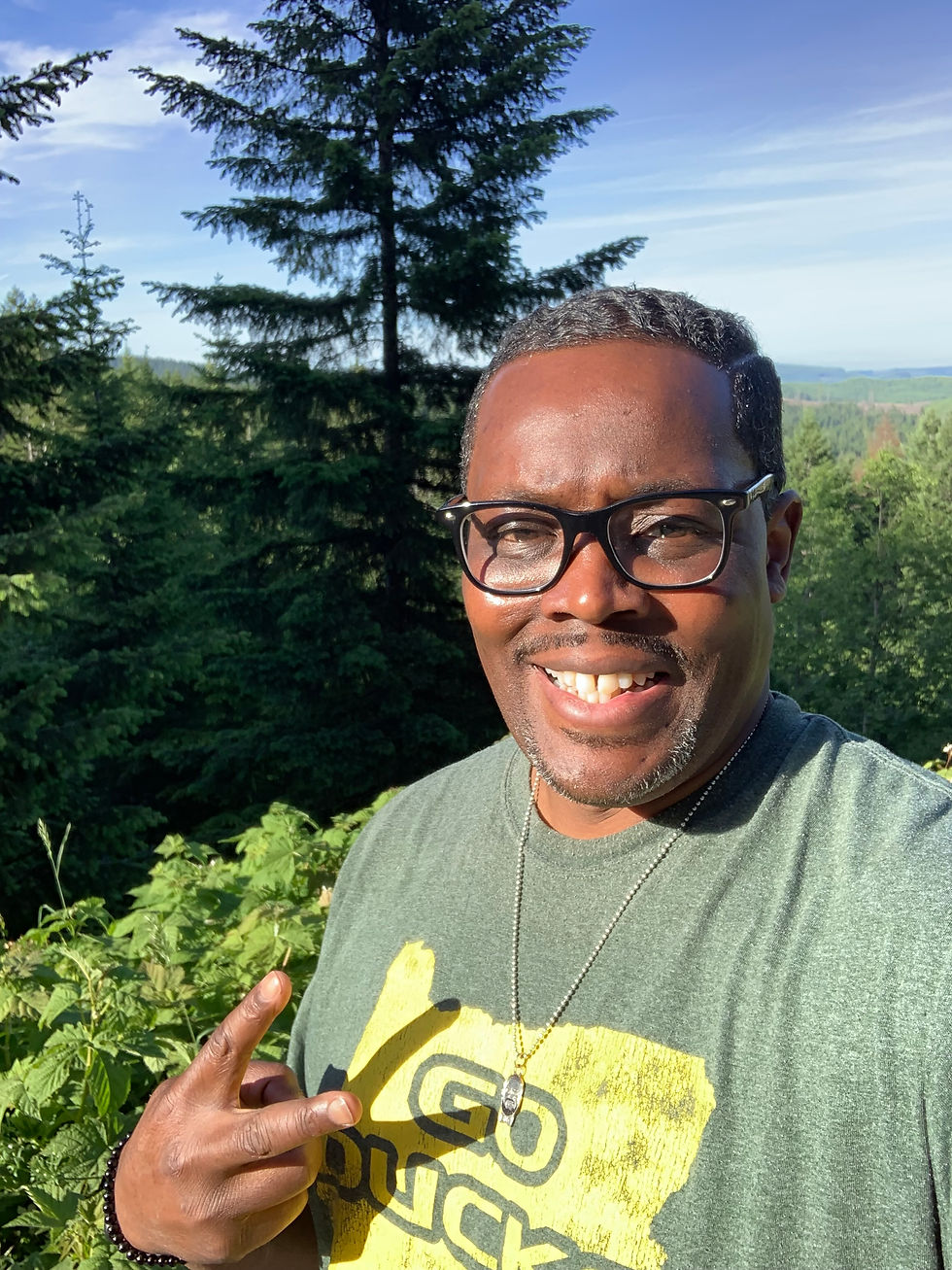Razor Bumps and Black Skin: Navigating the Challenge with Care By: Mjayi
- MinNefer "MJ' Mernahkem

- Oct 20, 2023
- 2 min read
Updated: Nov 7, 2023

Razor bumps are a common woe for men of all ethnicities, but they tend to afflict Black men more frequently than others.
Startlingly, up to 80% of men who experience razor bumps are Black. While these stubborn bumps can be a source of frustration, they need not dictate your grooming routine.
In this article, we delve into the unique challenges Black men face with razor bumps and explore strategies to mitigate their occurrence.

The Curly Hair Conundrum The prevalence of razor bumps among Black men can be attributed to the nature of their hair.
Coarse and curly hair is particularly prone to becoming ingrown.
Razor bumps materialize when a hair is trimmed below the skin's surface and subsequently regrows beneath the skin.
The inherent curl of Black hair makes it more likely to curl back towards the skin during its growth cycle, setting the stage for the development of razor bumps.

Research reveals that curly hair is approximately 50 times more susceptible to becoming ingrown compared to straight hair.
An insightful study published in the Journal of Investigative Dermatology even pinpointed a specific gene that is unusually prevalent in those predisposed to ingrown hairs.
This genetic component sheds light on why some individuals are more prone to this condition than others.

The Scarring Predicament As hairs curl back into the skin, irritation and inflammation follow suit, a situation aggravated by continued shaving post-razor bump formation.
In response, the body produces collagen to heal the irritated skin, but this process can lead to keloid scarring—where collagen spreads into healthy tissue, leaving behind noticeable scars.
Given that darker skin tones are more susceptible to keloid scarring, Black men are not only more prone to razor bumps but also to the resulting scarring.

Effective Shaving Strategies for Black Men
Although genetics and ethnicity render Black men more vulnerable to razor bumps, there are ways to safeguard against their onset:
Gentle Shaving Approach: Instead of shaving extremely close to the skin or using clippers, opt for a single-blade safety razor. This tool cuts hair around 1mm above the skin, preventing hair from growing beneath the surface.
Shaving Direction: Always shave in the direction of hair growth. Shaving against the grain can tug at the skin and increase the risk of razor burn.
Preparation Matters: Begin with warm water to soften the hair and open the pores. Using a non-foaming shaving cream prepares the skin and hair for a smoother shave.
Post-Shave Care: Apply a soothing, alcohol-free aftershave balm after shaving to calm and nurture the skin.

Razor bumps need not dominate the grooming journey for Black men.
While curly hair and genetic factors predispose individuals to this condition, informed strategies can drastically reduce their occurrence.
Embrace shaving techniques that prioritize skin health and hair direction.

By understanding the unique challenges that Black men face and employing these targeted approaches, you can conquer razor bumps and sport a confident, bump-free complexion.
It's a testament to both science and smart grooming—taking charge of your appearance and well-being in harmony. www.intrinsicshaving.com




Comments